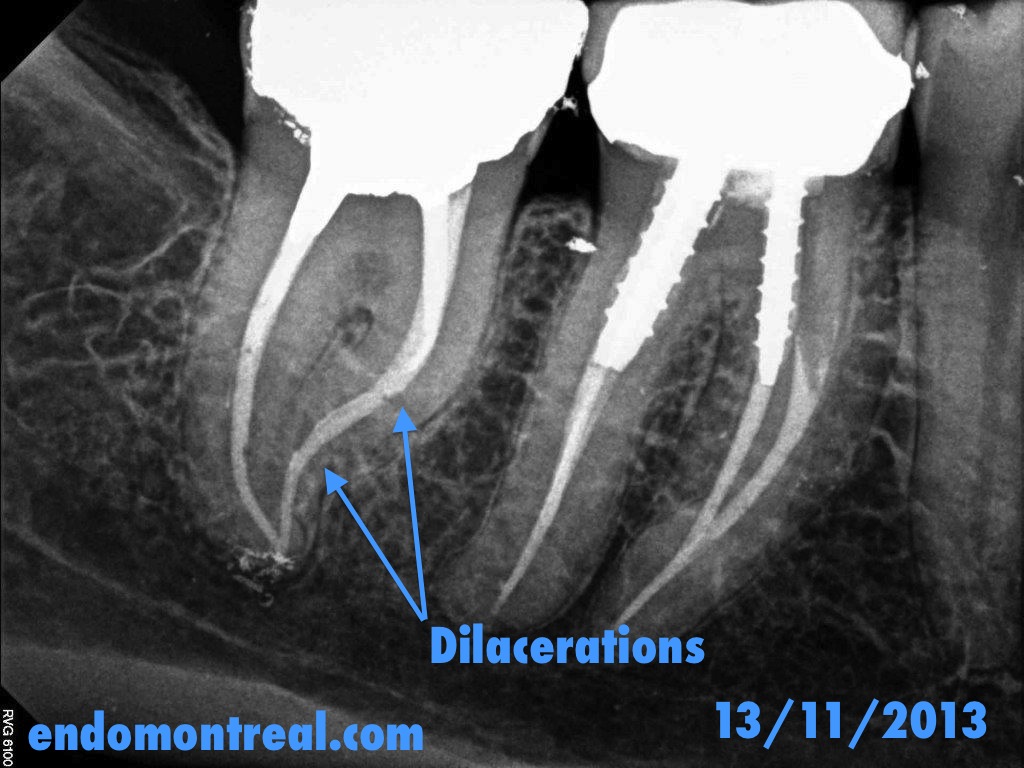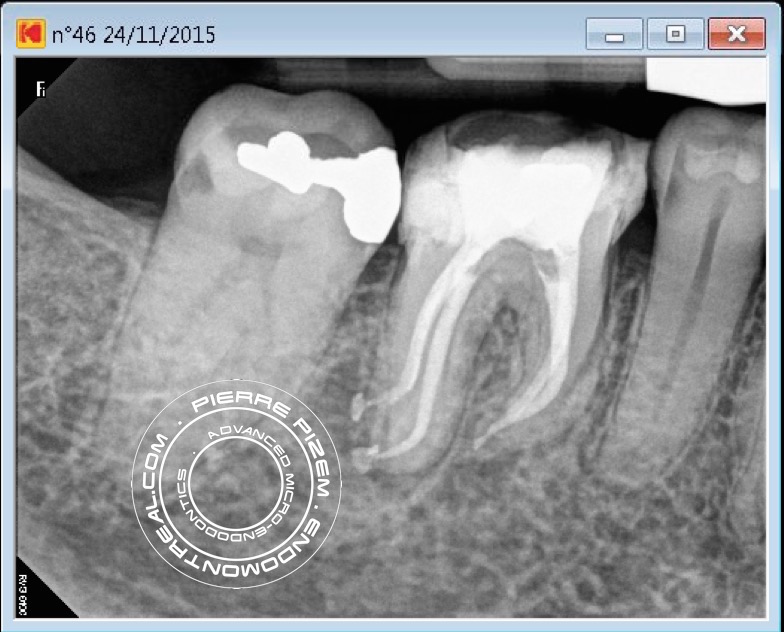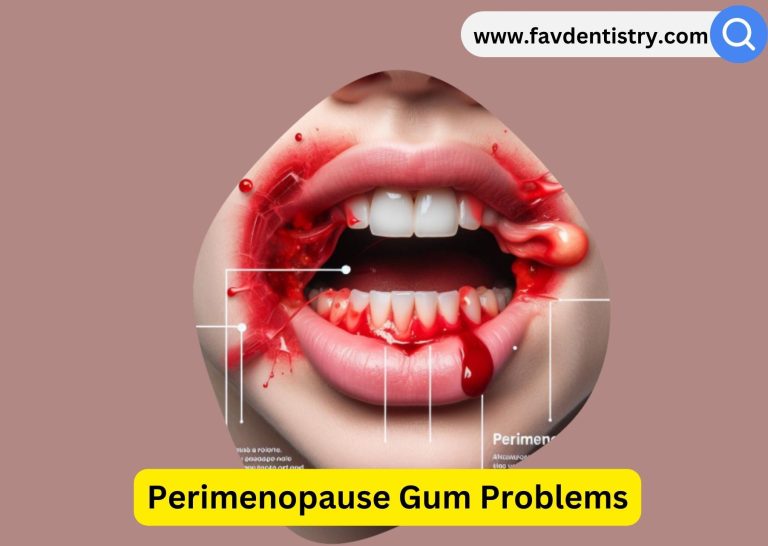root dilaceration treatment
Last Updated on 6 months by DR. ALBIN SIPES
Root dilaceration treatment involves reshaping or repositioning the affected tooth to improve its function and appearance. This condition occurs when the root of a tooth develops an abnormal bend or curve, often due to trauma or injury.
Root dilaceration can cause problems such as tooth sensitivity, pain, and difficulty biting and chewing. Treatment options depend on the severity of the condition and may include root canal therapy, orthodontic treatment, or extraction of the affected tooth. Early diagnosis and treatment are essential in preventing further complications and preserving the affected tooth’s health.
Seeking dental care from a qualified professional is recommended to ensure proper management of root dilaceration.
Root Dilaceration: Unraveling The Mystery
Root dilaceration is a condition where the root of a tooth has an abnormal shape or curvature, often making it challenging to treat. It can be caused by trauma to the tooth or abnormal growth patterns during development. Symptoms may include pain, swelling, and difficulty chewing. Treatment typically involves careful assessment and planning by a dental professional to address the specific challenges posed by the dilacerated root. In some cases, surgical intervention may be necessary to correct the issue and preserve the affected tooth. Early detection and prompt treatment are crucial in managing root dilaceration to prevent complications and maintain oral health.

Credit: www.endomontreal.com
Initial Assessment: Key To Effective Treatment
Effective treatment for root dilaceration starts with an initial assessment. Diagnostic techniques play a crucial role in early detection. This helps in identifying the extent and severity of the damage. There are several diagnostic techniques available, such as X-rays, CT scans, and 3D imaging. These techniques help in determining the exact location of the dilaceration. Early detection is vital as it enables the dentist to plan the treatment approach accordingly. Treatment options include orthodontic treatment, endodontic treatment, or extraction. The choice of treatment depends on the extent of dilaceration and the patient’s overall oral health.
Navigating Treatment Options
When it comes to Root Dilaceration Treatment, there are various options available. Conservative Approaches involve monitoring and managing symptoms, while Surgical Interventions may be necessary in severe cases. Conservative treatment focuses on pain management and maintaining oral health, while surgical options include root canal therapy or extraction. The choice of treatment depends on the severity of the dilaceration and the impact on the tooth’s function. Your dentist will assess your condition and recommend the most suitable approach to address the issue. It’s essential to seek professional guidance to determine the best course of action for your specific situation.

Credit: www.sciencedirect.com
Innovative Painless Procedures
When it comes to root dilaceration treatment, innovative and painless procedures have revolutionized the field of dentistry. Laser therapy is one such advancement that offers a minimally invasive and highly effective solution. By utilizing high-intensity light beams, laser therapy can precisely target the affected area, promoting faster healing and reduced discomfort for patients.
Another groundbreaking technique is regenerative endodontics, which aims to restore the natural function of damaged teeth. By stimulating the growth of new dental tissue, regenerative endodontics eliminates the need for traditional root canal treatments and increases the longevity of the tooth.
These cutting-edge approaches not only provide superior results but also ensure a more comfortable experience for patients. With the utilization of laser therapy and regenerative endodontics, dentists can now offer advanced treatments that are less invasive, less painful, and more efficient, ultimately improving the overall dental care experience.
Orthodontic Considerations
Dilaceration of the tooth root can present significant challenges in orthodontic treatment. The irregular shape and angulation of the affected roots can make it difficult to achieve proper alignment and positioning of the teeth. This can result in longer treatment times and compromised outcomes.
Collaborative treatment planning is crucial when dealing with root dilaceration cases. Orthodontists, along with other dental professionals, should work together to develop a comprehensive treatment plan that addresses the unique needs of each patient. This may involve a combination of orthodontic interventions, such as the use of special brackets or wires, as well as close monitoring of root development throughout the treatment process.
Alignment challenges associated with root dilaceration require careful consideration and planning. Orthodontists must assess the severity of the dilaceration, the impact on neighboring teeth, and the overall occlusion. By developing a personalized treatment approach, orthodontists can help patients achieve optimal alignment and improve their overall oral health.

Credit: www.endomontreal.com
Post-treatment Care
After root dilaceration treatment, proper post-treatment care is crucial for optimal healing and recovery. This includes following the dentist’s instructions, taking prescribed medications, and attending follow-up appointments to ensure the tooth’s health and stability. Taking care of your oral health post-treatment is essential for long-term success and maintaining a healthy smile.
| Post-Treatment Care |
| After root dilaceration treatment, it’s important to prioritize recovery and healing. This involves following the dentist’s instructions carefully and attending follow-up appointments. Long-term maintenance is also crucial for ensuring the success of the treatment. Patients should maintain good oral hygiene, attend regular dental check-ups, and adhere to any additional advice provided by their dentist. By taking these steps, individuals can promote the recovery and healing process and sustain the positive outcomes of their root dilaceration treatment. |
Real-life Success Stories
| Root Dilaceration Treatment |
| Real-Life Success Stories |
| Patient Testimonials |
| Before and After Comparisons |
Patients undergoing root dilaceration treatment reported significant improvements in oral health. Their testimonials highlighted the expertise of the dental team and the positive impact on their daily lives. Before and after images showed remarkable changes in the alignment of teeth, boosting the patients’ confidence. These success stories serve as testament to the effectiveness of the treatment and its life-changing results.
Future Of Root Dilaceration Management
| Root Dilaceration Treatment |
| Future of Root Dilaceration Management |
| Emerging Technologies |
| Research Frontiers |
Treatment for root dilaceration is advancing with cutting-edge technologies and ongoing research.
New methods enhance root care, focusing on innovation and efficacy.
Frequently Asked Questions
How Is Root Dilaceration Treated?
Root dilaceration is typically treated through a surgical procedure called root repositioning or orthodontic treatment. This involves repositioning the affected tooth’s root to its proper position and securing it in place.
What Are The Symptoms Of Root Dilaceration?
Symptoms of root dilaceration may include tooth sensitivity, pain or discomfort while chewing, gum inflammation, and visible abnormalities in the affected tooth’s shape or position.
Can Root Dilaceration Be Prevented?
While root dilaceration cannot be completely prevented, maintaining good oral hygiene, wearing mouthguards during sports activities, and regular dental check-ups can help detect and address any potential issues early on.
Conclusion
Addressing root dilaceration promptly can prevent future dental complications. Consulting with a specialist for appropriate treatment is crucial for maintaining oral health. By prioritizing regular dental check-ups, individuals can stay proactive in managing potential dental issues. Stay informed and take proactive steps for optimal dental care.


